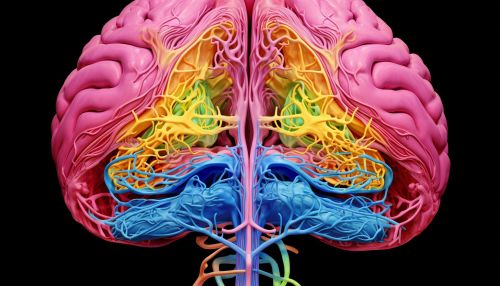Ventricles
Anatomy and Physiology
The ventricles of the brain are a connected system of cavities filled with cerebrospinal fluid (CSF) located within the brain. There are four ventricles: the two lateral ventricles, the third ventricle, and the fourth ventricle. The lateral ventricles are the largest and are C-shaped, extending from the front to the back of the brain. They are located in each hemisphere of the brain and are separated by a thin membrane called the septum pellucidum.


The third ventricle is a narrow, funnel-shaped cavity located in the midline of the brain, between the two thalami. It communicates with the lateral ventricles through the interventricular foramen (also known as the foramen of Monro). The fourth ventricle is located posterior to the pons and medulla oblongata and anterior to the cerebellum. It communicates with the third ventricle through the cerebral aqueduct (also known as the aqueduct of Sylvius).
Function
The primary function of the ventricles is to produce, transport, and remove cerebrospinal fluid. This fluid serves several important functions: it acts as a cushion to protect the brain from injury, provides buoyancy to support the weight of the brain, and delivers nutrients while removing waste products from the brain.
The production of cerebrospinal fluid occurs in the choroid plexus, a network of blood vessels located within the ventricles. The fluid then circulates through the ventricles, exits into the subarachnoid space surrounding the brain and spinal cord, and is eventually absorbed into the bloodstream.
Clinical Significance
Abnormalities in the size, shape, or function of the ventricles can lead to a variety of neurological conditions. For example, hydrocephalus is a condition characterized by an excessive accumulation of cerebrospinal fluid in the ventricles, leading to increased intracranial pressure. This can be caused by an obstruction in the flow of cerebrospinal fluid, overproduction of the fluid, or problems with its absorption.
Another condition, ventriculomegaly, refers to the enlargement of the ventricles, often due to atrophy or damage to surrounding brain tissue. This can occur as a result of aging, neurodegenerative diseases such as Alzheimer's, or brain injury.
